Makita DPJ180RTJ Manual
Læs gratis den danske manual til Makita DPJ180RTJ (16 sider) i kategorien Ikke kategoriseret. Denne vejledning er vurderet som hjælpsom af 55 personer og har en gennemsnitlig bedømmelse på 4.7 stjerner ud af 28 anmeldelser.
Har du et spørgsmål om Makita DPJ180RTJ, eller vil du spørge andre brugere om produktet?

Produkt Specifikationer
| Mærke: | Makita |
| Kategori: | Ikke kategoriseret |
| Model: | DPJ180RTJ |
| Bredde: | 139 mm |
| Dybde: | 351 mm |
| Højde: | 149 mm |
| Vægt: | 3000 g |
| Produktfarve: | Blå |
| Indgangseffekt: | - W |
| Spindellås: | Ja |
| Bæretaske: | Ingen |
| Savblade inkluderet: | Ja |
| Støvpose inkluderet: | Ja |
| Tomgang: | 6500 rpm |
| Skæredybde (maks): | 20 mm |
| Vinkel indstillingsområde: | 0 - 90 ° |
| Vinkel indstillingstype: | Trinvis |
Har du brug for hjælp?
Hvis du har brug for hjælp til Makita DPJ180RTJ stil et spørgsmål nedenfor, og andre brugere vil svare dig
Ikke kategoriseret Makita Manualer

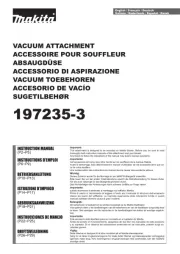
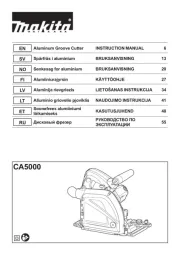
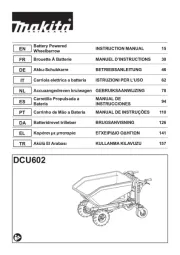
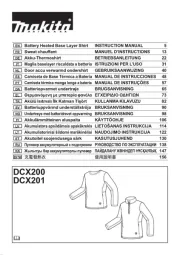
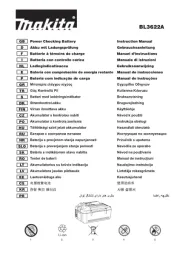

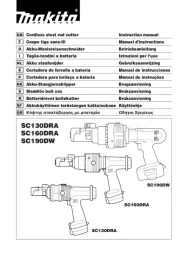

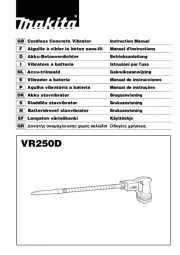
Ikke kategoriseret Manualer
- Mebby
- Revlon
- Nedis
- Franke
- Mockmill
- Peerless-AV
- Veho
- XFX
- Proflex
- Waeco
- Creda
- Fisher
- Keter
- Eibenstock
- T-Rex
Nyeste Ikke kategoriseret Manualer









